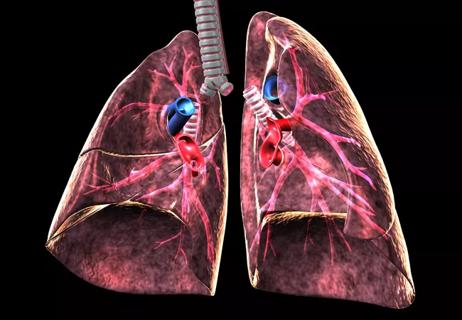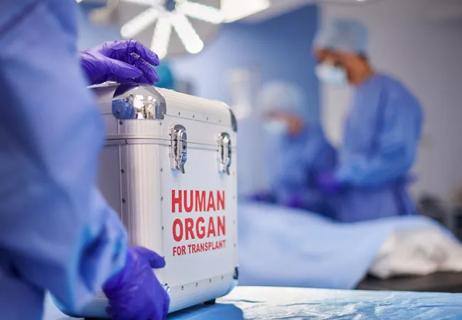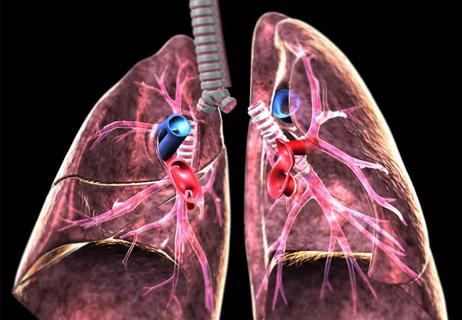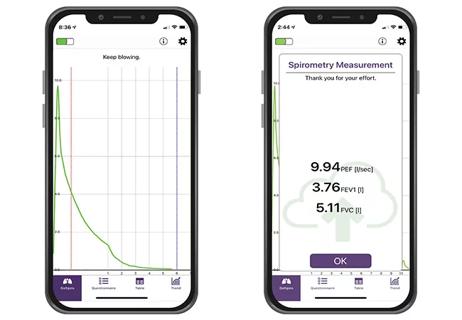Advertisement
Criteria reflect a rethinking of some contraindications

The document used by the U.S. and international lung transplant community as a guide in the evaluation of candidates for lung transplantation has been updated to reflect the most contemporary thinking to date about how the transplant field intersects with science and health equity. It also removes some previously hardline contraindications, favoring instead a more nuanced assessment of multiple risk factors.
Advertisement
Cleveland Clinic is a non-profit academic medical center. Advertising on our site helps support our mission. We do not endorse non-Cleveland Clinic products or services. Policy
The updates to the 2014 “consensus document for the selection of lung transplant candidates,” published in July 2021 in the Journal of Heart and Lung Transplantation, were made by the International Society for Heart and Lung Transplantation. The document exists to help healthcare providers who treat patients with pulmonary disease and to provide guidance for transplant centers as they make difficult decisions around the selection of candidates for transplants.
“This 2021 document acknowledges that transplant medicine has advanced, and it has removed a lot of the absolutist contraindications,” says Maryam Valapour, MD, MPP. “In addition, with more flexibility in selection of candidates, we believed that it was important to introduce an ethical framework so that physicians have boundaries around how to make these really difficult organ allocation decisions.”
Dr. Valapour, a transplant physician with policy and ethics expertise, is Director of Lung Transplant Outcomes at the Cleveland Clinic Respiratory Institute. A major focus for the team in her research program is the study of alternative organ allocation systems to provide patients timely access to transplant and to achieve the best possible outcome. She is also Senior Investigator for Lung Transplantation for the U.S. Scientific Registry of Transplant Recipients where she oversees analysis of U.S. lung transplant data and advises transplant policymakers in this area.
The consensus document represents the work of 24 transplant physicians and surgeons chosen from the international community of transplant experts who reviewed current research to distill important new findings in the area of lung transplantation. Panel members voted on all changes, and recommendations required 80% approval to be adopted.
One of the major goals of the new statement is to encourage physicians to involve transplant specialists earlier in the management of all diagnoses that may go on to require a lung transplant so that all options can be considered.
“Often, clinicians will not refer a patient because they think they’re too old, or because the person had cancer 10 years ago,” says Dr. Valapour. “As the transplant field advances, and as the research advances, we get better at dealing with comorbidities. Referring physicians shouldn’t assume that certain patients don’t meet criteria. They should just refer.”
Risk factors should be considered in combination, Dr. Valapour adds, although more data is needed about how risk factors affect one another.
The document also addresses the importance of timing in the evaluation process. Dr. Valapour notes that it’s important for patients to be referred early, so they can be evaluated, have time to mitigate any contraindications and to prepare mentally for the significant life changes of a transplant.
Advertisement
A major addition to the document is a new section that acknowledges inequity in healthcare.
Diminished access to resources can lead to poor pre- and post-transplant outcomes for disadvantaged groups, says Dr. Valapour. While long-term survival remains a key selection criterion, the new guidelines clarify that it cannot supersede factors such as health equity and respect for individuals. Other changes include a recognition that transplant centers have different capabilities. That means acceptable risk factors may differ from center to center, and that higher-risk or more specialized transplants should be referred to a center with those capabilities.
In writing the new guidelines, it was a challenge to keep up with developing research, Dr. Valapour says. The document was developed during the COVID-19 pandemic, with related lung disease emerging as a potential new indication for transplant.
“As we were writing this, the science was already changing, so it was hard for us to make recommendations,” she says. “But a new indication for lung transplantation has emerged because of COVID-19.”
Overall, the consensus document reflects advances in lung transplant science on a number of fronts, says Dr. Valapour. “We have gotten better at donor management, we’re doing more lung transplants, and we are improving post-transplant management to increase survival and patient wellbeing.”
Advertisement
Advertisement

The agent-based model aims to improve prediction accuracy

Cleveland Clinic pulmonologists aim to further lower waitlist times and patient mortality

New research aims to improve suboptimal lung transplant outcomes by “looking beyond the walls of hospitals”

Data indicates transplant outcome disparities exist, but thoughtful planning is needed to address the problem

Counseling before and after transplantation can help patients navigate the balance between safety and practicality

Multisystem diseases require multi-disciplinary approach for the best care

Mobile app designed to improve access to lung transplant and reduce waitlist mortality

New risk-modeling approach to use microsimulations, incorporating day-to-day changes in patients